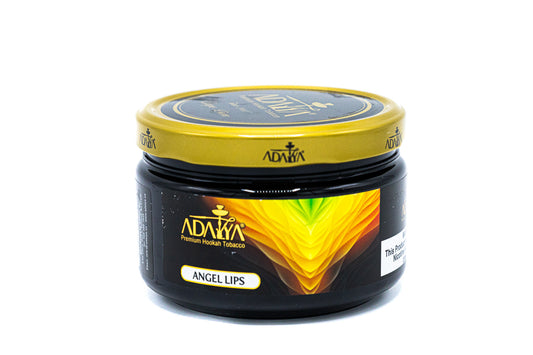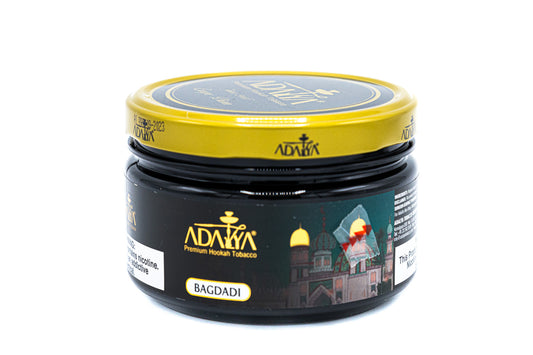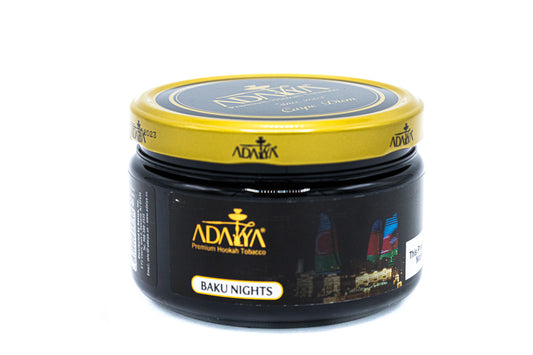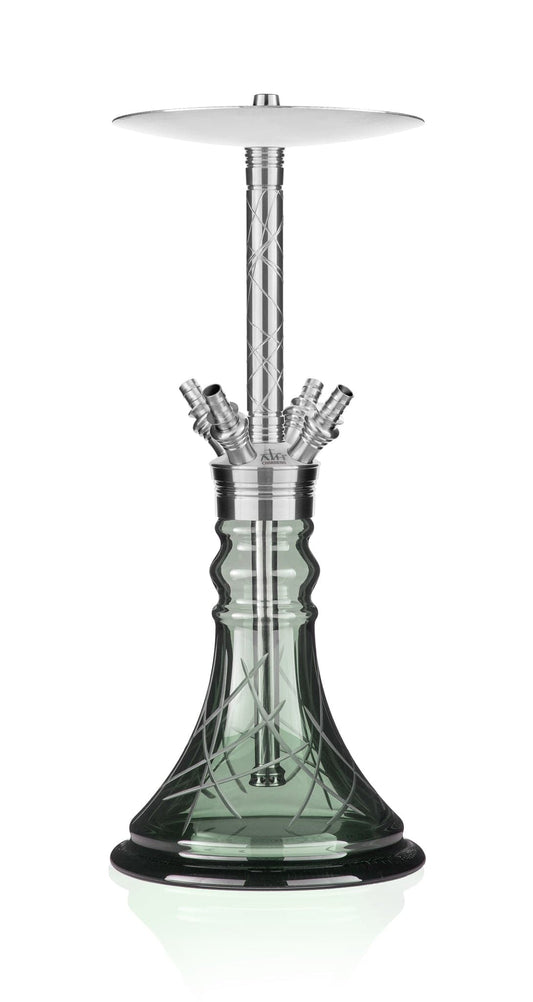The origin of hookah
The hookah story began in India, around the 5th century AD. For medicinal purposes, a shisha was made of a coconut with 2 holes in it. A bamboo tube or a thick straw was inserted into one of them. A mixture of aromatic herbs was poured inside the coconut through the other hole. No tobacco was used! Then the alleged hisha was set on fire and smoked for healing purposes.
Later, a second tube (shaft) was added. As a result, a bowl appeared in order to solve the problem with tobacco placement. This is the first hookah bowl- an old school Phunnel.
According to history this hookah invention was passed on to Arab countries by Ottoman nomads, the Syrians also liked it. Those, in turn, refined it and made a flask of metal (copper). Since it was quite problematic to forge a flat bottom, the flask (vase) was round. And like a coconut one it was held in hands and smoked on the weight. This device got the name "Goza".
Later, the Egyptians paid attention to the "Goza" and refined it. They made a flask out of clay, with a flat bottom. This shisha flask could be placed on the floor. It was named "Gedo".
After a while the Syrians introduced an innovation again! They divided the hose into three parts and wrapped it with leather. As a result the hose acquired the ability to bend.
After a number of such significant changes Indians started thinking about their own contribution to hookah development. And they came up with it – they broke the bamboo tube into many small parts and wrapped it with leather. This made a more suitable hose. Aesthetics in India had always been famous for its specificity, therefore it is not surprising that they used snakeskin for the hose.
There is no exact information about the time of tray invention. Its main function, as it is today, was to protect charcoal from falling on the table, floor, and people. However ancient hookahs had several trays below the main one, they were also large in size. Fruits and other treats were served on them.
In fact, “Chibouk” is the correct name for the end of the hose, which we hold in our hand when smoking a hookah. Now everyone is used to calling this part a “mouthpiece”. Also, the family of unused correct names can include Chilim – this is the bowl into which we put tobacco.
Water in a hookah flask
No one knows for sure, but most likely the water was borrowed from “earthen” hookahs. This is a very ancient device but sometimes it is still used.
An earthen hookah is a hole in the ground with a depth of 30-50 cm and a volume of 30-50 liters. 2/3 are filled with water, and a stone the size of a human head is placed in the center of the pit, with its tip above the water. The walls and the bottom of the pit are coated with clay. The top is covered with straw, also coated with clay, or something else that creates tightness. 3 holes are made in the lid: for the shaft, for the tube, and a valve plugged with a rag. When one purged, the rag naturally removed. So the hookah shaft was inserted to almost touch the top of the stone. The smoke passed through the shaft and hit the stone. Then the smoke smashed on the cobblestones, cooled and moistened. Presumably, during the construction of another hookah the shaft missed a little and sank into the water. As a result, those conditions could be borrowed for a traditional hookah.
Hookah history, etiquette
Hookah has been playing an important role in the culture of Eastern countries for many centuries. Moreover it was not only a tradition but also a kind of philosophy.
In Arab countries it is a rule of good manners to offer a hookah. Besides, only the head of the family had the right to prepare a hookah. Thus, he demonstrated a respectful attitude towards the guests.
With all this, hookah has always been considered a personal activity. No matter how many people gathered at the same table, everyone had to have their own hookah. It's like a plate of soup or a glass of water. However, if it was not possible to provide a guest with a separate hookah, the rules obligated to share a shisha.
Hookah was also an integral attribute of national importance: mutual hookah smoking by diplomatic representatives of the two countries meant trust and willingness to cooperate.










Leave a comment